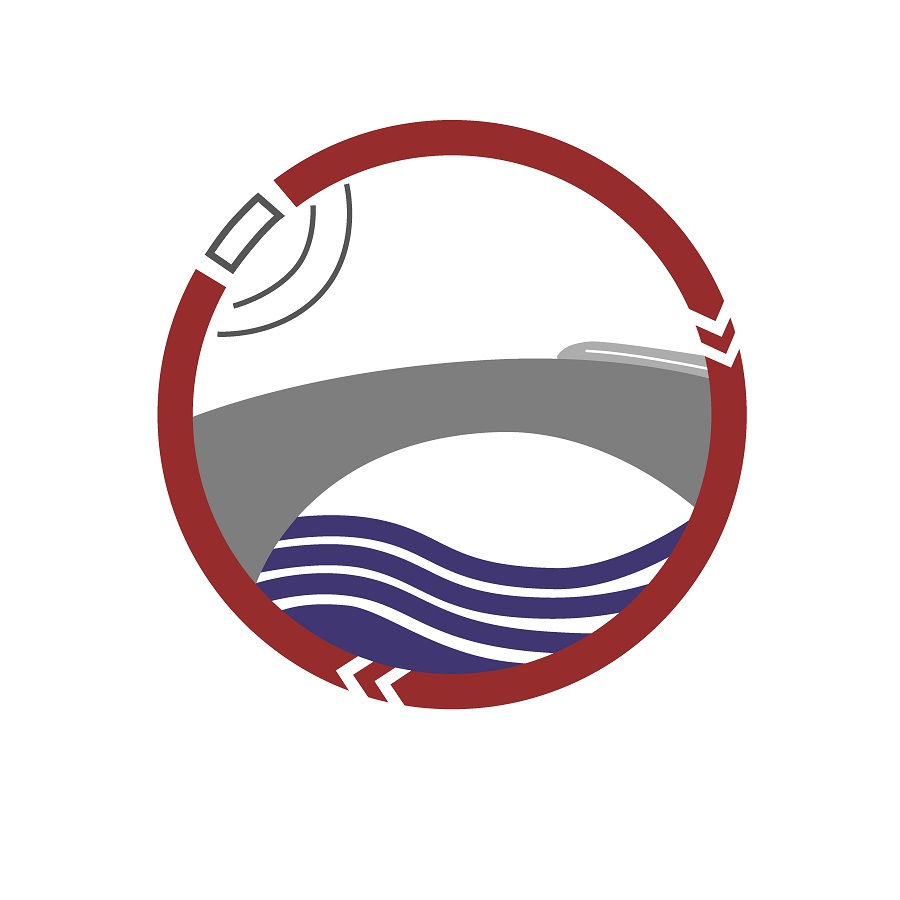Therefore, the goals of the research focus Smart Infrastructure are the more intensive, reliable and resilient use of existing infrastructure with higher service quality, higher efficiency, higher environmental compatibility, higher availability and reduced health impacts through intelligent solutions. These goals are to be achieved, on the one hand, through improvements in service design, and, on the other hand, through demand management tailored to these goals. SMART is the term used to describe systems that use information that can be utilized for decision-making in an intelligent decision-making process and bring about an automated decision recommendation.
The scientific competencies bundled in the research focus include, along the entire life cycle, the digitization and automation of the processes as well as the human decisions for the planning and construction of infrastructures, their condition detection and prognosis, their operation, their deconstruction using resources, and their networking in the overall context of infrastructure. In the area of conflict between social responsibility, economic efficiency, safety, environment and health, knowledge- and solution-oriented research lines for the infrastructures of road, rail, water and air transport, urban and regional planning as well as recycling and urban water management, including the necessary structures, are consistently advanced.
This results in innovative research topics such as:
- Incident management of infrastructures with a system approach to optimize maintenance.
- Adaptive water supply and disposal with communication between structures
- Dynamic simulation of health effects caused by infrastructure measures
- Use of innovative technologies in the field of monitoring of infrastructures (for example for bridge monitoring or for condition assessment of roadways)
- Incorporation of new methods of BIM in the complete life cycle of infrastructures
- Development of new concepts and intelligent technical solutions for the use of limited urban (transport) infrastructure in cities
- Development of new forecasting tools for urban agglomerations
- Development of new methods for multi-criteria evaluation and optimization of infrastructures
- Digital twin for real mobility behavior that takes into account, among other things, the effects of significant changes in the transportation system (e.g., disruptions or changes in pricing)
- Testing of innovative concepts for vehicle propulsion systems and energy supply infrastructures for heavy road traffic
- Modeling of ground-structure interaction for structures of infrastructures such as bridges or structures of supply and disposal networks
- Derivation of load spectra induced by real traffic flows and subsequent development of network as well as structure related actions for fatigue calculation
- Based on AI methods and thus sensor-driven vehicle-structure interaction models to describe and develop novel evaluation methods (e.g. train-meas-bridge or bridge-meas-train, physical description of vehicle-structure interaction)
- Derivation of the load collectives as well as the human-structure interaction induced and describable from people and people-group constellations
Institute of Railroad Systems and Technology Prof. Dr.-Ing. Andreas Oetting (spokesman)
Department of Land Management Prof. Dr.-Ing. Hans-Joachim Linke
Institute for Construction and Building Materials Prof. Dr.ir. Eddie Koenders
Department of Remote Sensing and Image Analysis Prof. Dr.-Ing. Dorota Iwaszczuk
Institute of Geotechnics Prof. Dr.-Ing. Hauke Zachert
Department of Wastewater Technology Prof. Dr.-Ing. Markus Engelhart
Department of Water Supply and Groundwater Protection Prof. Dipl.-Ing. Dr. nat. techn. Wilhelm Urban
Department of Structural Engineering Prof. Dr.-Ing. Jens Schneider
Institute for Transport Planning and Traffic Engineering Prof. Eva Kassens-Noor, Ph.D.
Institute for Numerical Methods and Informatics in Civil Engineering Prof. Dr.-Ing. Uwe Rüppel



